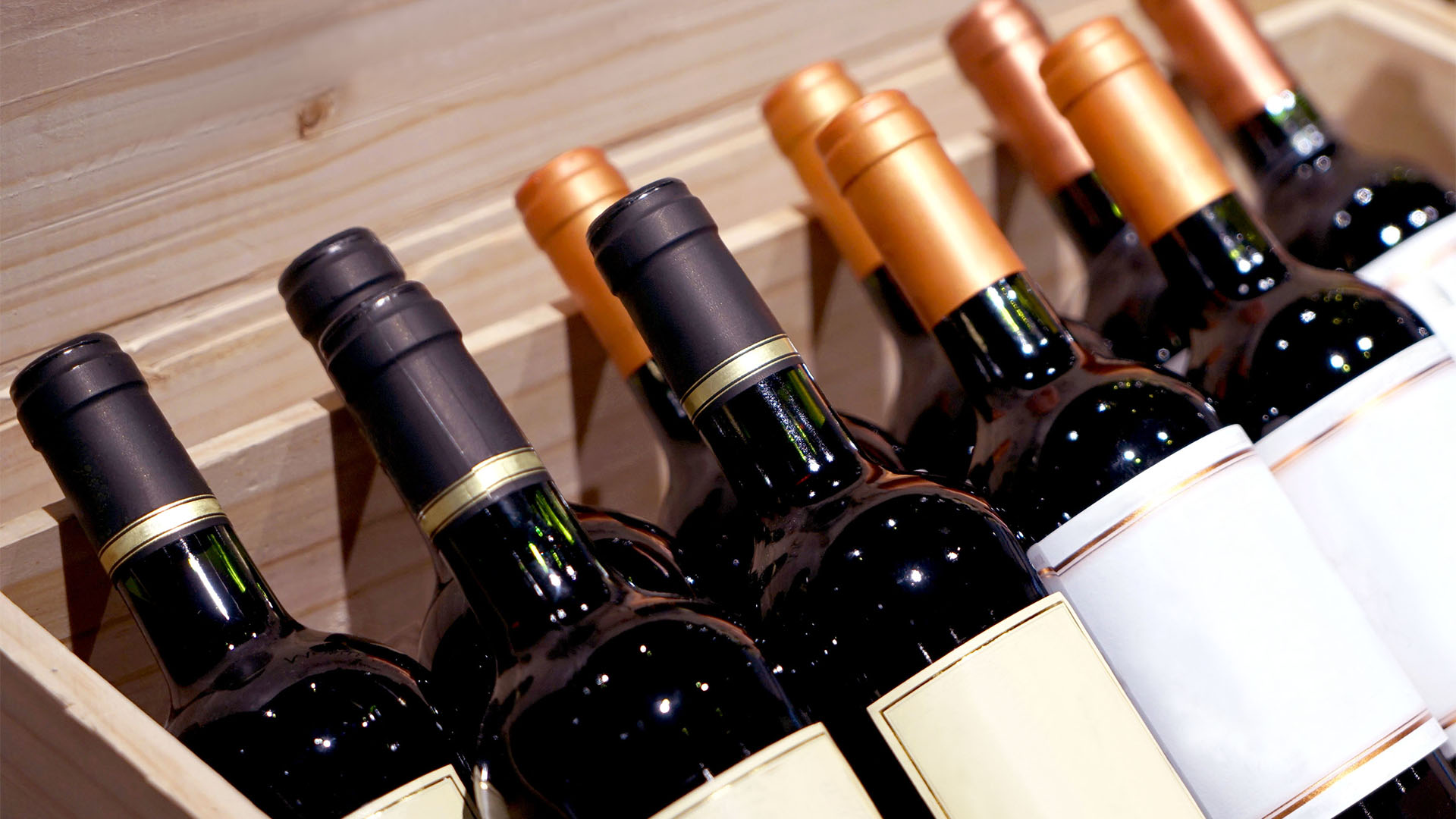In the 1980s, the Australian wine industry faced such severe challenges that the Calabria family of winemakers had to halt their primary operations and focus on washing bottles for larger producers to stay afloat.
Today, with global consumers shifting away from the lower-priced “commercial” brands that once propelled Australia to wine industry prominence, the situation is even more dire, according to Andrew Calabria, head of sales at Calabria Family Wines.
“Three years ago, the industry was in its best position ever. Now, it’s the worst it’s been,” Calabria said.
The struggles facing the sector, which employs over 160,000 full and part-time workers, have led to an exodus of established players. Treasury Wine Estates, Australia’s largest wine producer and the maker of well-known labels like Wolf Blass and Blossom Hill, announced this week that it would sell its commercial wines division, taking a A$290 million (US$189 million) writedown.
This move is the latest in a series of deals involving Australian wine. In February, a consortium led by private equity group Bain Capital took control of Accolade Wines, Australia’s second-largest wine producer and owner of brands such as Hardys and Banrock Station, after the Carlyle-owned company struggled to manage its debt. Bain also led the acquisition of French group Pernod Ricard’s Australian wine portfolio in July, with plans to merge it with Accolade.
Many of these troubles began when China imposed punitive tariffs on Australian fine wine in 2020, causing the collapse of what had been the industry’s most lucrative export market.
Although sales to China have surged since the tariffs were lifted in March, few in the industry expect them to return to their previous peak of A$1.2 billion annually—a figure more than double the value of exports to the U.S. or the UK, the next largest markets for Australian wine.
Globally, wine consumption has been declining. UK per capita wine consumption peaked in 2009, except for a temporary boost during the COVID-19 pandemic, and British drinkers now consume 14% less than they did in 2000.
Some of the world’s largest alcohol companies are shifting away from the “commercial” end of the wine market—brands that retail for less than $10 a bottle—in favor of higher-margin, faster-growing segments such as spirits and premium wine.
For many Australian producers, this shift echoes the struggles of the 1980s. Vineyards are being uprooted to make way for crops like almonds, table grapes, and others. Industry bodies are in talks with the government to help more cash-strapped growers convert their vineyards.
In some of Australia’s biggest markets, consumers are prioritizing health and wellness, and demand for the cheaper “big reds” that commercial growers produce is waning.
“People are drinking less but opting for a better bottle,” said Lee McLean, chief executive of the Australian Grape and Wine trade body. “The reality is hitting home in Australia. We’re facing a global oversupply. This is a crucial moment for the industry.”
Trevor Stirling, an analyst at Bernstein, noted that winemakers globally have been forced to lower prices to stay competitive. “Wines that were once considered premium are now seen as mainstream,” he said. “The only profitable segment in the global wine industry right now is rosé and upscale wines.”
Despite selling off most of its wine brands, Pernod Ricard has held onto its Château Sainte Marguerite en Provence rosé, acquired in 2022. Luxury group LVMH has also doubled down on rosé, acquiring Château Minuty in 2023 after buying Château Galoupet in 2019.
Other large producers are focusing on premium and luxury wines, with TWE concentrating on its successful Penfolds brand and acquiring high-end U.S. labels.
“There’s an inherent contradiction in the wine industry,” Stirling said. “The sweet spot is to scale a premium business, but that’s difficult in a world where being knowledgeable and a connoisseur means rejecting big brands.”
Andrew Caillard, a wine auctioneer and author of a history of Australian wine, welcomed the shift away from high-volume commercial brands, which he said had been “sold down every rabbit hole.”
He noted that sales of boxed wine—known as “goon bags” in Australia—have risen in recent months as consumers tighten their belts during the cost of living crisis, citing this as evidence that commercial wine still has a long-term future. “We see value in all of it. The market moves very quickly,” Calabria said.














